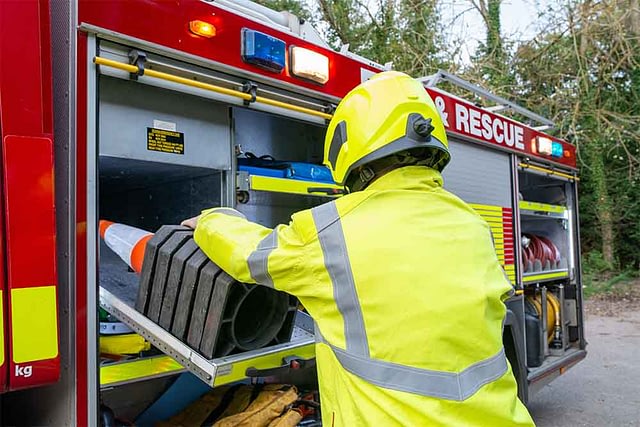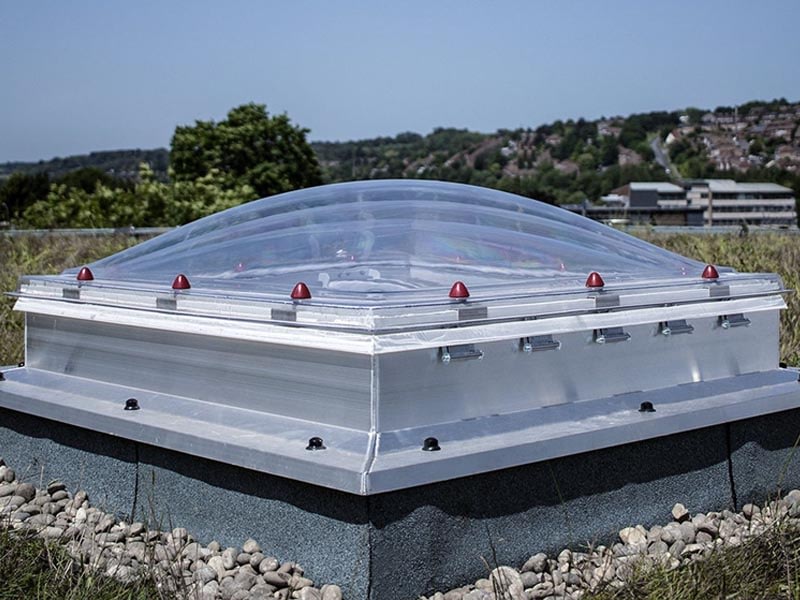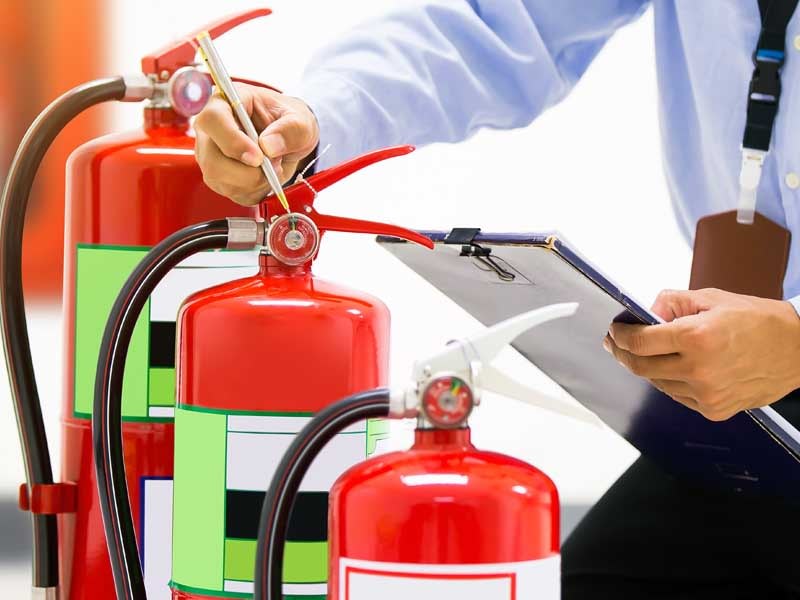Whether you’re protecting a school, nursery, college or university, it’s difficult to overstate the importance of fire safety systems in the education sector – or your need for constant care and diligence.
But as well as meeting your ethical responsibilities by looking after the wellbeing of staff and students, you’ll need to meet your legal obligations, too – including compliance with fire safety regulations like the Fire Safety Act of 2021.

So, what should you have covered at your building? And how can a specialist partner make things easier to manage? Here’s a quick guide to fire safety essentials for education.
Fire risk assessments and training
A commercial fire risk assessment is the foundation of your safety and compliance strategy, and a legal requirement regardless of your setting’s size.
It involves a step-by-step review of your buildings and on-site activities to check for risks and hazards, then recommends actions to help reduce the chance of an emergency, and keep everyone safe.
So, you can take a proactive approach to fire prevention, we recommend consulting with a specialist who can complete your full fire audit and manage your ongoing fire risk assessments and guidance. They can also supply, maintain and regularly inspect your fire safety equipment, and keep your fire risk assessment up to date if anything at your site changes.
Automatic opening vents (AOVs)
AOV systems help create safe escape routes during an emergency by clearing smoke and other hazardous gases from your lobbies, stairwells, corridors and other communal spaces.
By maximising visibility and improving air quality, AOVs also give the emergency services more time and space to find and control a fire.
Fire doors
Tried and true, fire-rated doors are key to slowing the spread of a fire.
As part of your fire safety obligations, fire doors must be correctly specified, installed and maintained – with servicing and certification carried out regularly to keep them compliant.
Fire doors come in a range of different materials, including glazing, steel, timber and composite. Ratings range from 30 minutes’ protection (FD30) up to 120 minutes (FD120), depending on the risk profile of the environment they’re installed in. This will often be specified in your fire risk assessment – but any fire safety contractor will be able to advise on the right door for the job.
Emergency lighting and signage
If your power fails, emergency lighting should stay on – guiding everyone to exits quickly and safely, and enabling the effective evacuation of your building.
We recommend using the latest generation of high efficiency LED emergency lighting, which uses central battery systems. As always, a fire safety expert will be happy to advise on the right setup for your site’s layout.
Fire extinguishers
Fire extinguishers are often the first line of defence in an emergency, allowing your staff to control and extinguish smaller fires before they can grow out of control.
There’s a range of different classifications and types of fire extinguishers available on the UK market – the right units will be specified for your needs.
- AFFF Foam (for Class A and Class B fires)
- Carbon dioxide (Class B and electrical-based fires)
- Water (only to be used on Class A fires)
- Dry powder (Fires in Classes A, B and C)
- Wet chemical fire extinguishers (for Class F fires)
Take a look at our in-depth guide to fire extinguishers and their different applications over here.
Fire alarms and detection systems
Fire alarms and smoke detection systems act as the brain of your setting’s fire response, and will usually trigger multiple other systems including sprinklers and automatic opening vents. Crucially, their job is to start the evacuation process by alerting everyone in your building if a fire breaks out.
Fire and smoke detection systems that can identify fires early will enable a quicker evacuation, and a faster response from the emergency services. The latest technology includes:
- Smoke and heat detectors, vital tools for spotting the first signs of a fire.
- Alarm control units/panels, which activate building-wide alerts when they receive a signal from your smoke detector
- Manual call points including ‘Break glass’ points, allowing building occupants to alert others to a developing fire
- Fire alarm sounders and visual devices, including conventional and addressable devices, which alert people to a fire through sound and visuals
Beyond installation: the importance of servicing and maintenance
While the specification and installation stages are important, it’s just as important to implement a regular inspection, maintenance and servicing plan for your fire safety systems. This way, if any issues develop, remediation work can be carried out quickly and efficiently, and you’ll continue to enjoy the peace of mind that your systems are ready for anything.
For more fire safety advice or assistance from JLA’s experts, please contact us today.

For more expert insights, visit the JLA Knowledge Hub.



